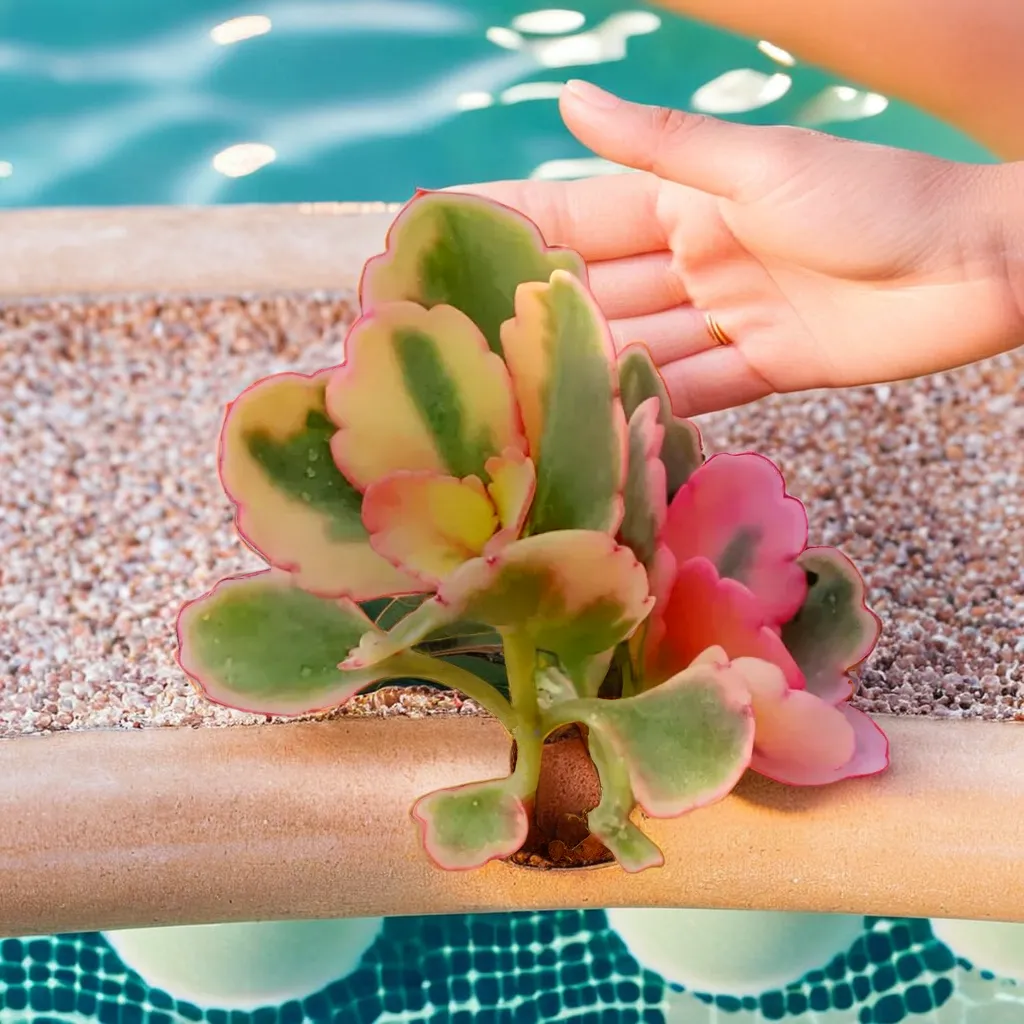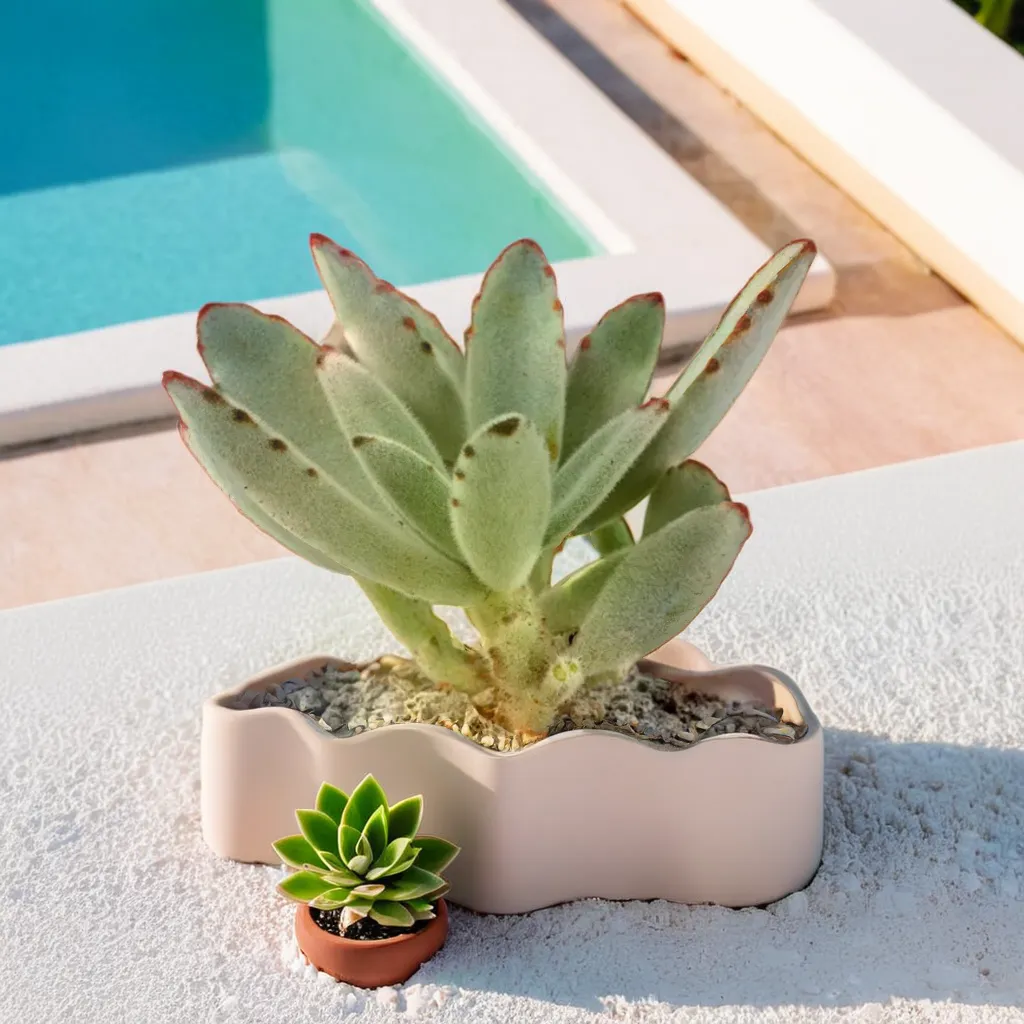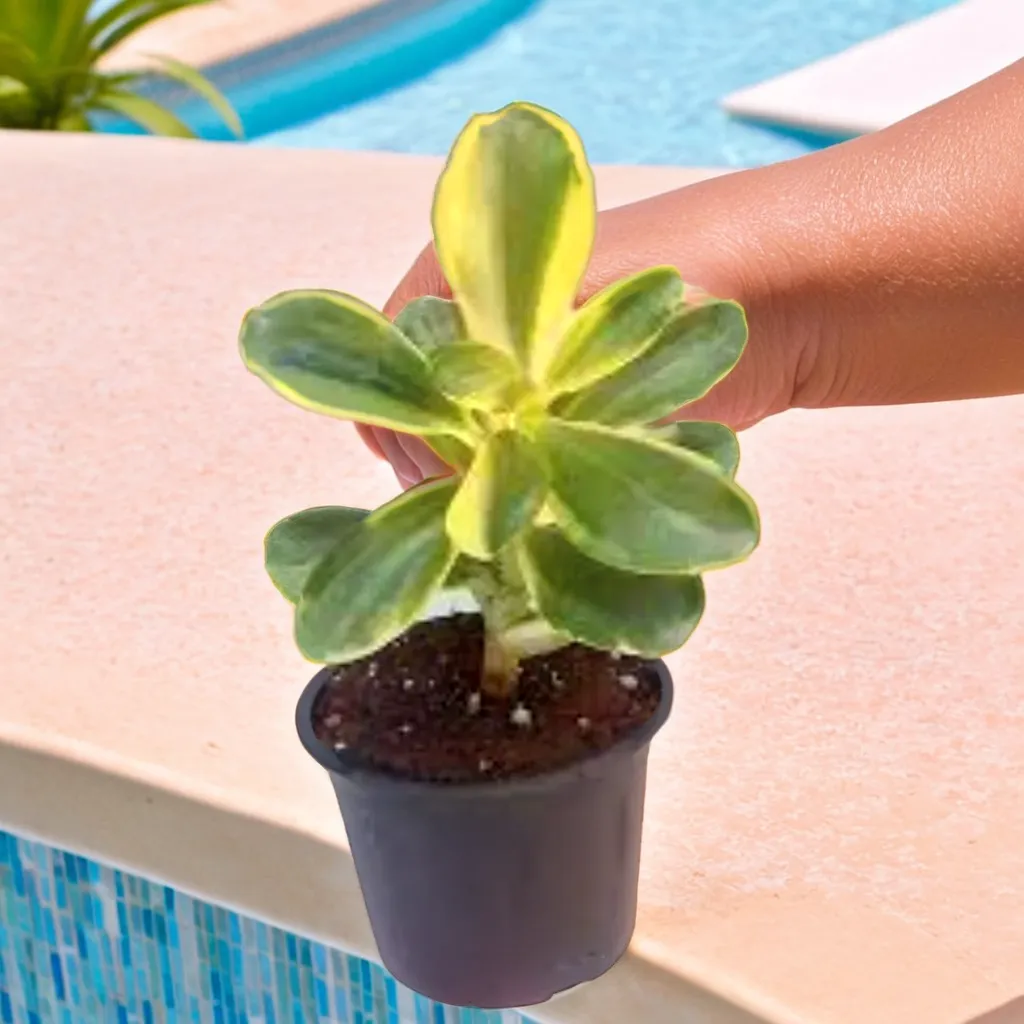Description
How to grow and care chocolate sedum :
- Light requirements: Most sedum plants prefer full sun to partial shade. Place them in a location that receives at least 6 hours of direct sunlight per day. However, some sedum varieties can tolerate more shade. Check the specific requirements of the sedum variety you have for the ideal light conditions.
- Temperature: Sedums are generally hardy and can tolerate a wide range of temperatures. Most varieties can handle both hot and cold conditions. However, it’s best to protect them from extreme temperature fluctuations and frost, especially if you are growing them in a colder climate.
- Watering: Sedums have low to moderate water needs. Allow the soil to dry out partially between waterings, and then water thoroughly. In general, water them about once every 1-2 weeks during the active growing season (spring and summer). Reduce watering in the winter when the plant goes into dormancy. Avoid overwatering, as sedums are susceptible to root rot.
- Soil: Sedums prefer well-draining soil. Use a cactus and succulent potting mix or create a mixture of regular potting soil, perlite, and coarse sand. Good drainage is crucial to prevent waterlogged soil.
- Fertilizer: Sedums do not require frequent fertilization. They are generally low-maintenance plants. However, you can feed them with a balanced, water-soluble fertilizer diluted to half strength during the active growing season. Apply the fertilizer once every 2-3 months. Avoid fertilizing during the winter months when the plant is dormant.
- Propagation: Sedums can be propagated through stem cuttings or by division. Stem cuttings can be taken from healthy, established plants, and left to callous over before being planted in well-draining soil. Division involves separating the offsets or rosettes from the parent plant and replanting them individually.
- Pruning: Pruning is generally not necessary for sedums. However, you can trim back any leggy or overgrown stems to maintain a more compact shape. Pruning can be done in early spring before new growth starts.
- Pests and diseases: Sedums are relatively resistant to pests and diseases. However, they can occasionally be susceptible to common succulent pests such as mealybugs or aphids. Inspect the plants regularly and treat any infestations promptly with appropriate pesticides or a solution of water and mild soap.
Remember that the care requirements may vary slightly depending on the specific sedum variety you have. It’s always helpful to research and understand the specific needs of your particular sedum to ensure its optimal growth and health.
You can also visit our store to buy succulents online , buy succulent planters, buy fertilizers online with various types of indoor plants and hardy succulents . You can refer to our informational site for more details about plant varieties.Click here for agricultural knowledge information.






